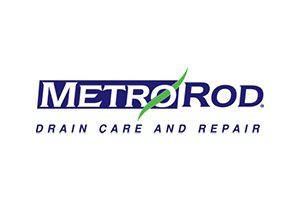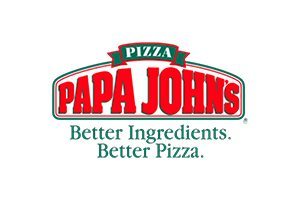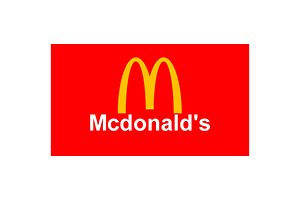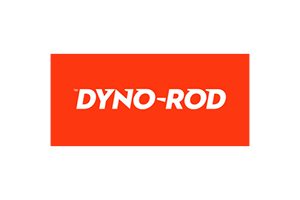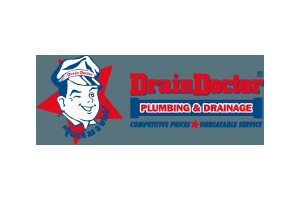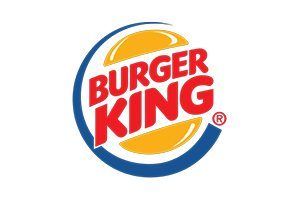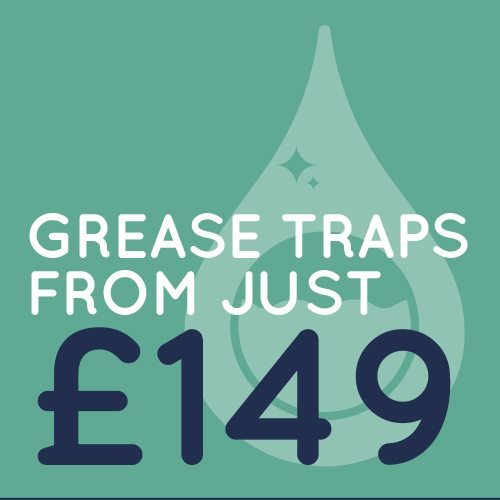When should a grease trap be emptied? Grease traps are often expensive for restaurants and commercial businesses if not cleaned regularly enough. There are lots of reasons why you perform grease trap maintenance as a routine. However, mostly emptying it will keep your drains running smoothly. This, in the end, will prevent you from having to pay out for expensive back-ups and allow you to keep your business running trouble-free.
When Should a Grease Trap be Emptied: How a Grease Trap Works?
Expert engineering allows Grease traps in your sink to prevent fats, oils or grease (FOG) from entering mainstream sewer lines. If left alone, FOG will cool and solidify, and it then begins to stick to pipes, trapping in debris. Over time, FOG hinders the flow of waste water out into the sewer and causes blockages. Grease traps are, in all likelihood, one of the most underrated functioning elements in commercial kitchens. Your grease trap is what invaluably helps you to discard waste the right way. This is done without clogging up entire systems.
People usually only notice fat traps when they go wrong. This is why most people want to know when should a grease trap be emptied. If you know the answer to this question, you no longer need to worry about a ‘grease trap backup’. This can inevitably cause a troublesome situation. Suppose you need to empty your grease trap regularly. In that case, the only way to remedy the serious difficulties that you will encounter as a consequence is with an expensive repair by a professional company. Simply avoid costly repair bills by having your grease traps regularly cleaned.
How frequently should grease traps be emptied?
As a minimum, you ought to have your grease traps emptied at least once every three months. However, if you operate a bustling commercial business, you might want to consider having them emptied and serviced more often. Good practice in busy restaurants means they will be emptied almost every month.
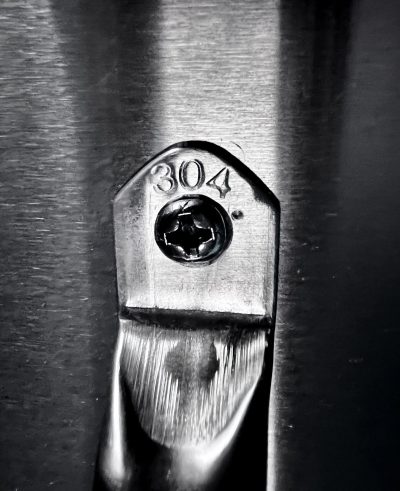
Putting off a scheduled emptying of your grease trap is not a great idea for many reasons:
- It may be risky to the health of your entire system;
- A packed grease trap can cause a heavy flood;
- It may be against the law in your area not to have your grease trap regularly cleaned. Furthermore, failure to follow correct procedures can result in fines for your business and other penalties.
Emptying a Grease Trap
There are different ways to empty a grease trap yourself, which will depend upon the size, type, and location of your grease trap. If you set up a weekly grease trap empty and maintenance schedule, your business will still be able to run safely and expeditiously at all times:
- Wait until your premises are closed for the day, and all items have already been cleaned.
- Remove the grease trap lid slowly and gently. Measure and record how many inches of grease are already in the trap.
- Remove water from your trap with a bucket.
Scoop out the grease from your trap and scrape the bottom and sides. Scrub it down and replace everything carefully.
When should a grease trap be emptied is really up to you and how smoothly you wish your kitchen to run.

